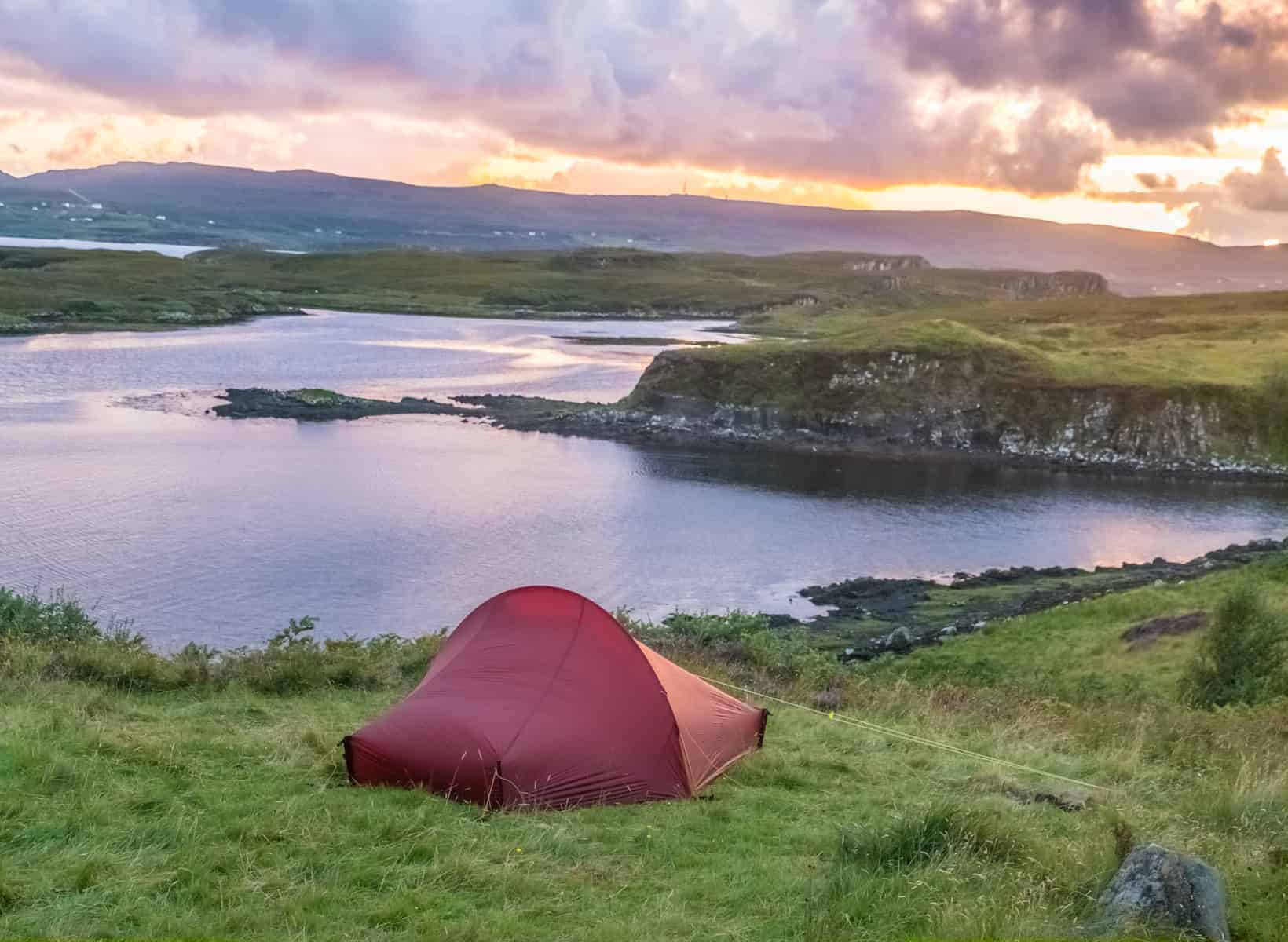Wild camping in Scotland is undoubtedly one of the best ways to get away from the crowds and properly explore Scotland’s stunning scenery.
Here you will find all the necessary info on wild camping, from the laws and rules you need to keep in mind to simple guidelines that will turn your camping trip into a much more enjoyable and unforgettable experience.
Why Should You Wild Camp in Scotland?
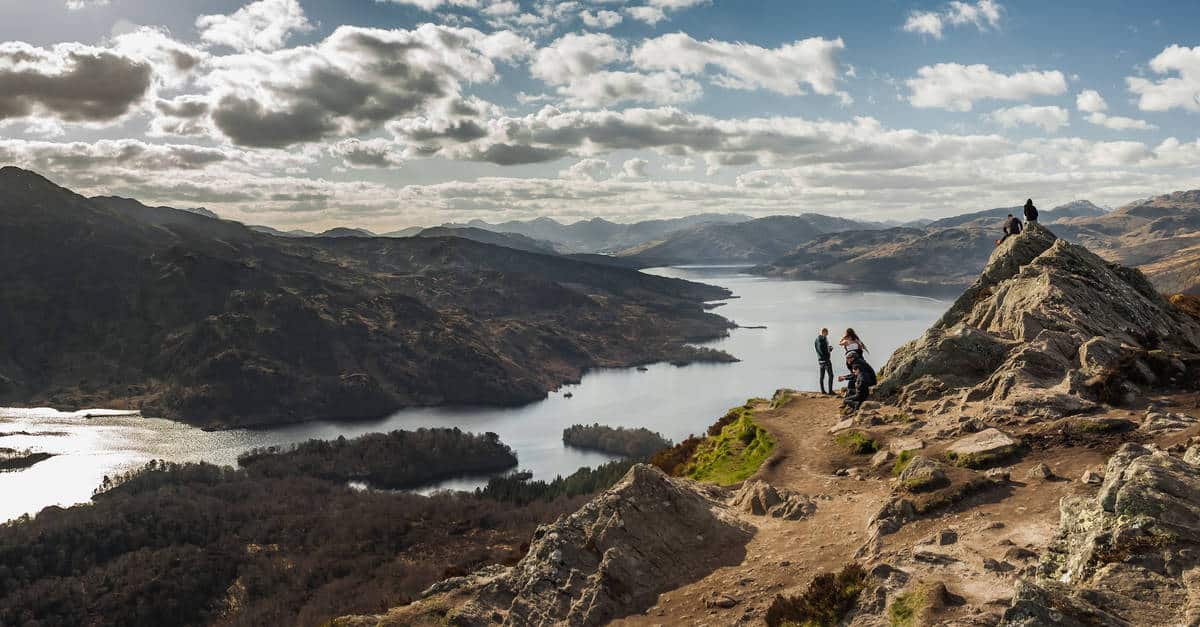
The legal right to wild camp is just one of the reasons. A far more important reason to take a trip there is the country’s natural beauty, which is something you’ve probably seen on the news or the Internet.
As you probably already know, Scotland is home to the UK’s most expansive forests, highest mountains, miles of stunning coastline, numerous offshore islands and inland waters. If you’re interested in wild camping, Scotland is one of the best places in the world to visit.
Is Wild Camping Legal in Scotland?
The Land Reform Act (2003), approved by the Parliament of Scotland, is an act that allows outdoor enthusiasts to wild camp on most unenclosed land in Scotland.
However, some areas, such as Loch Lomond & The Trossachs National Park, are exempt from this law and are subject to different rules, known as the wild camping bye-laws. In other words, wild camping in Loch Lomond & The Trossachs National Park can be done only if you have camping permission or if you’re fine with camping within special campsites. So, if you are walking and wild camping on the West Highland Way, you need to sleep near hostels around the lower part of the loch.
A very important thing to mention here is that the rights secured by the act mentioned above also come with certain responsibilities. In other words, folks who want to wild camping in Scotland must abide by the rules written in the Scottish Outdoor Access Code.
To put it simply, the Scottish Outdoor Access Code provides guidelines to all those who own or use land – landowners, campers, trekkers, and even dog walkers. If you’ve never wild camped, whether we’re talking about the Scottish mountains or any other region, you should give this document a quick read.
Guidelines for Wild Camping in Scotland
The Scottish Outdoor Access Code, which we have mentioned above, states that it’s legal for a smaller group of campers to wild camp in one spot for a short time. And while it’s true that most outdoor enthusiasts often spend only a night in one place, this code allows wild camping in one place for up to three nights.
Furthermore, the guide advises campers to avoid creating issues for local people, which translates to camping away from buildings, crops, and farm animals. You are also supposed to leave no trace of your stay – the spot where your campsite was should look exactly as it looked before you came there.
Here’s a short recap of the primary points listed in the guide:
- Remove all existing traces of your tent pitch, including litter
- Never urinate near open water and always bury all human waste
- Keep campsite fires supervised, small, and controlled
- Always check advice on fire risk conditions
- Whenever possible, use a stove instead of an open fire
- Do not camp near historic structures, roads, or buildings
- Avoid camping in enclosed fields of crops or livestock
- Take extra care to avoid grouse shooting or deer stalking
- Never stay in one place for longer than three nights
Map of Wild Camping Locations in Scotland
Best Wild Camping Spots in Scotland
With so much coastline, countryside, and mountainside open for camping enthusiasts to enjoy, finding an ideal spot to spend the night (or three!) under the stars can be daunting. To help you out, we’ve picked a couple of great places for wild camping in Scotland:
Loch Lomond & The Trossachs
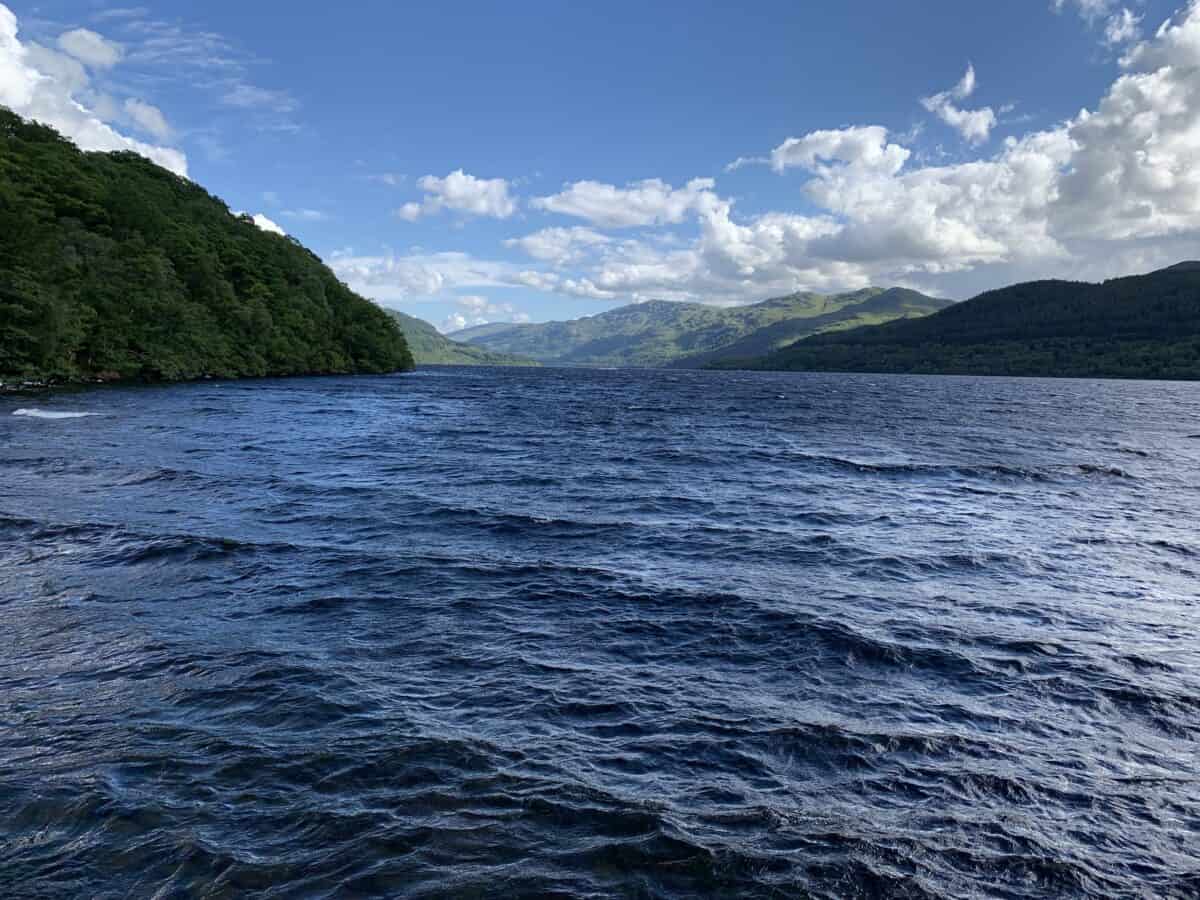
As we already mentioned, the laws that allow wild camping in Scotland do not apply to the country’s oldest national park, the Loch Lomond & The Trossachs. Covering an area of 720 square miles, this is Scotland’s second-biggest national park (after the Cairngorms) and one that covers a significant part of the world-famous Scottish Highlands.
You must obtain a special permit to wild camp in the park’s most popular spots. Moreover, wild camping in Loch Lomond park (with the permission we just mentioned) is legal only between March and September. The goal of this system is to protect the park’s natural beauty by limiting the number of campers in it.
Yet, for those who fancy a blend of urban and natural landscapes, the outskirts of Glasgow present a delightful alternative. While the Loch Lomond & The Trossachs National Park offers a pristine Highland experience, wild campsites near Glasgow provide a unique fusion of city vibes and untouched nature. It’s a refreshing choice for those who appreciate both the rugged beauty of the Highlands and the lively hum of urban Scotland.
Sandwood Bay, Sutherland, Coastal
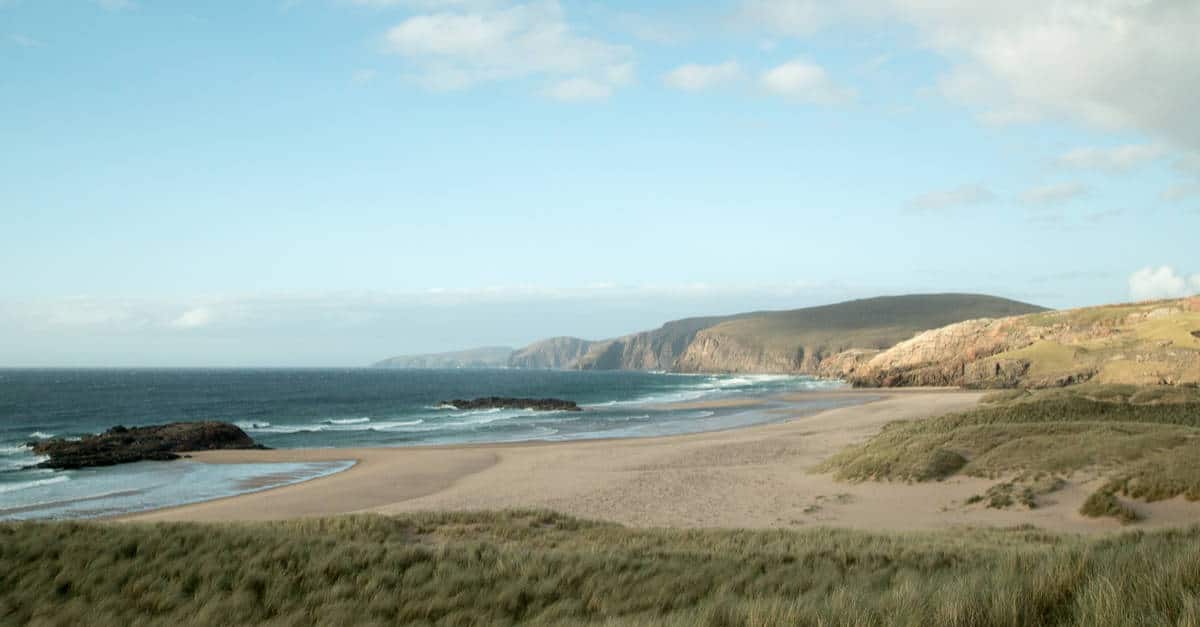
Situated on the world-known North Coast 500 route, Sandwood Bay is a dream come true for every camper. This is one of the prettiest wild camping beaches in Scotland – the North Sea’s waves wash its golden sand, and its views of brooding cliffs and sea stacks are unforgettable.
You’ll have to walk around four miles along a well-beaten trail to reach this remote beach. If the weather permits, you are bound to enjoy some genuinely mesmerizing sunsets there. For more similar spots, see our guide to wild camping in the Cairngorms & Highlands of Scotland.
Loch Beinn a’ Mheadhoin, Highlands
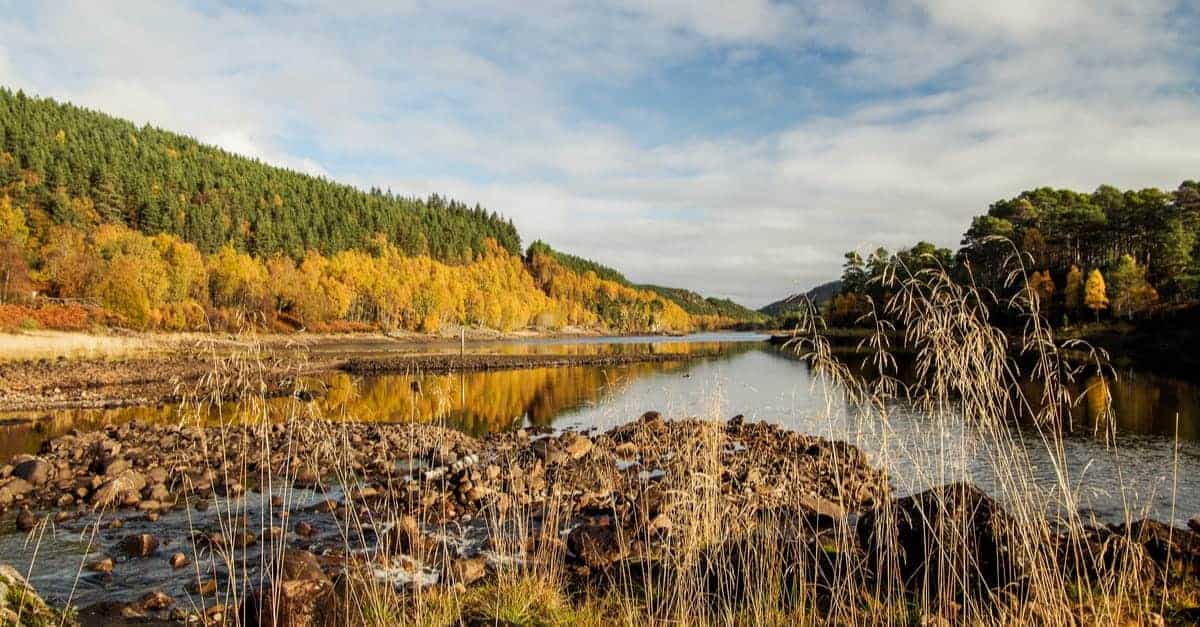
Full of spectacular sites and sights, the Highlands are what most people think about when someone mentions Scotland. And one of the best places for pitching a tent in this remote but breathtaking region is Loch Beinn a’ Mheadhoin, a loch between imposing mountains and ancient pine forests.
This is a meandering body of water with beaches, gentle rocky falls, and even some islands. A camper can easily pitch his tent on the lake’s beach and spend a couple of days walking the surrounding trails or enjoying some wild swimming.
Quiraing, Isle of Skye, Mountains
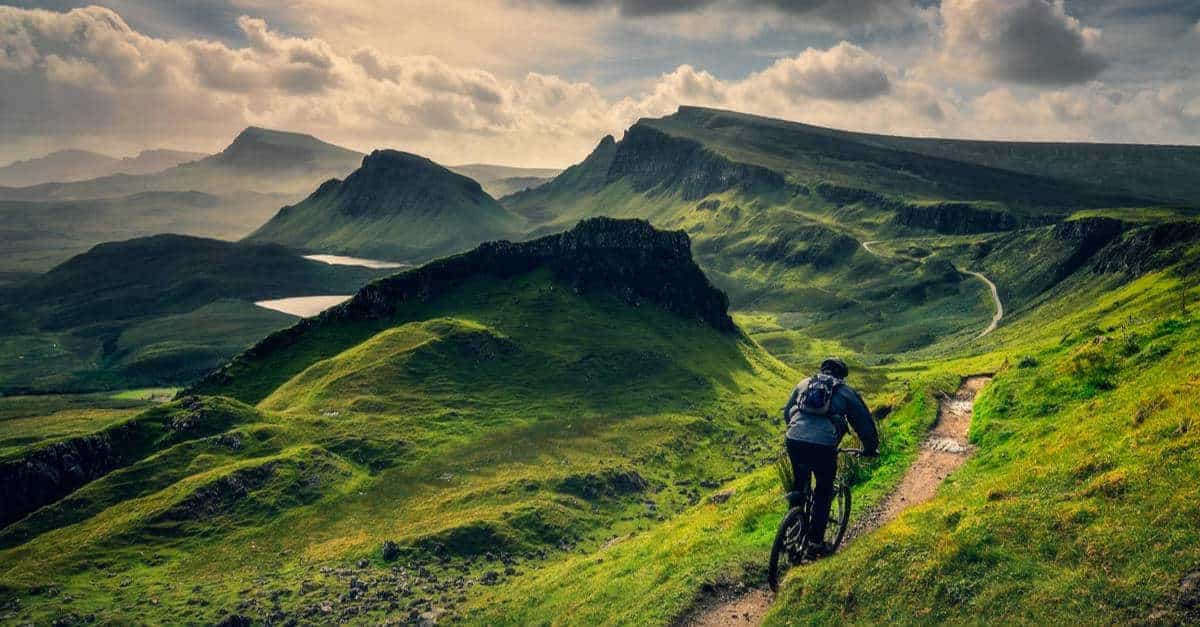
Rare are the campsites in Scotland that are as popular as wild camping on the Isle of Skye. Situated just off the west coast of Scotland, this large island is a perfect destination for all those in search of scenic walking routes.
Skye is known for its rugged mountains, dramatic coastlines, and picturesque lochs, making it an ideal destination for wild camping.
Other locations on the Isle of Skye
- Glenbrittle
- Elgol
- Camasunary
- Sligachan
- Loch Coruisk
Isle of Arran
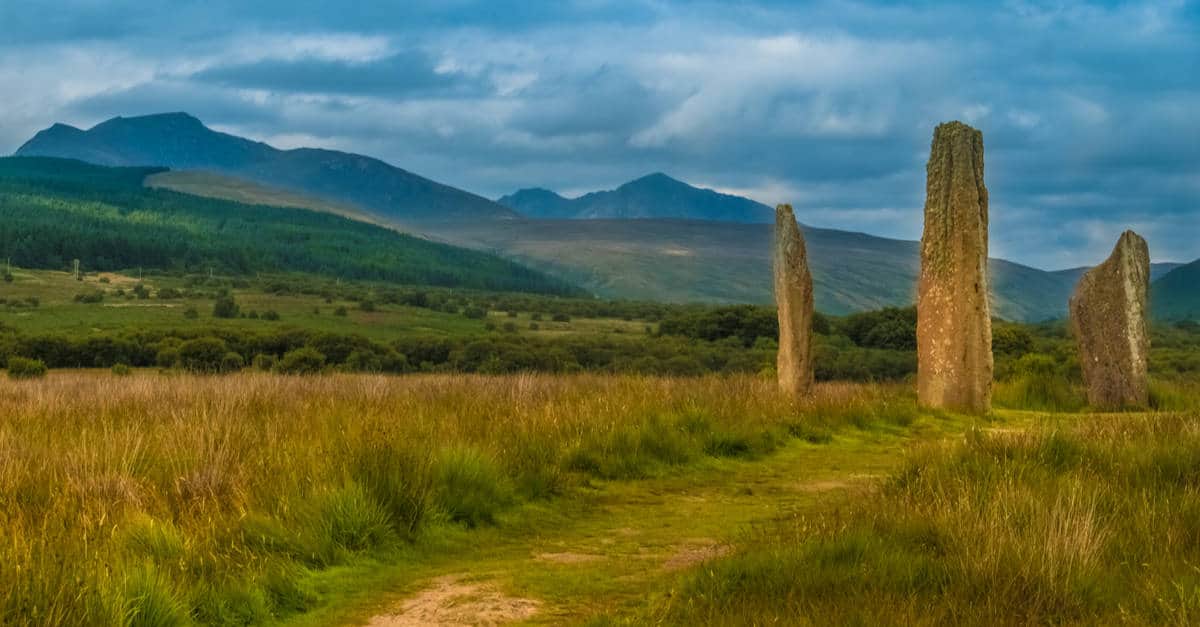
Arran is a real getaway from it all location for camping in the wild. It is much quieter than most of the other locations listed above. You can even walk around the island on the Arran Way and camp each night. See our Arran Wild Camping guide for more information.
North Coast 500
The North Coast 500 starts and finishes in Inverness. There are many locations around the whole route to wild camp with either a tent or motorhome.
If you like camping on the coast, see our guide to wild camping in Dumfries and Galloway as well.
Glen Coe
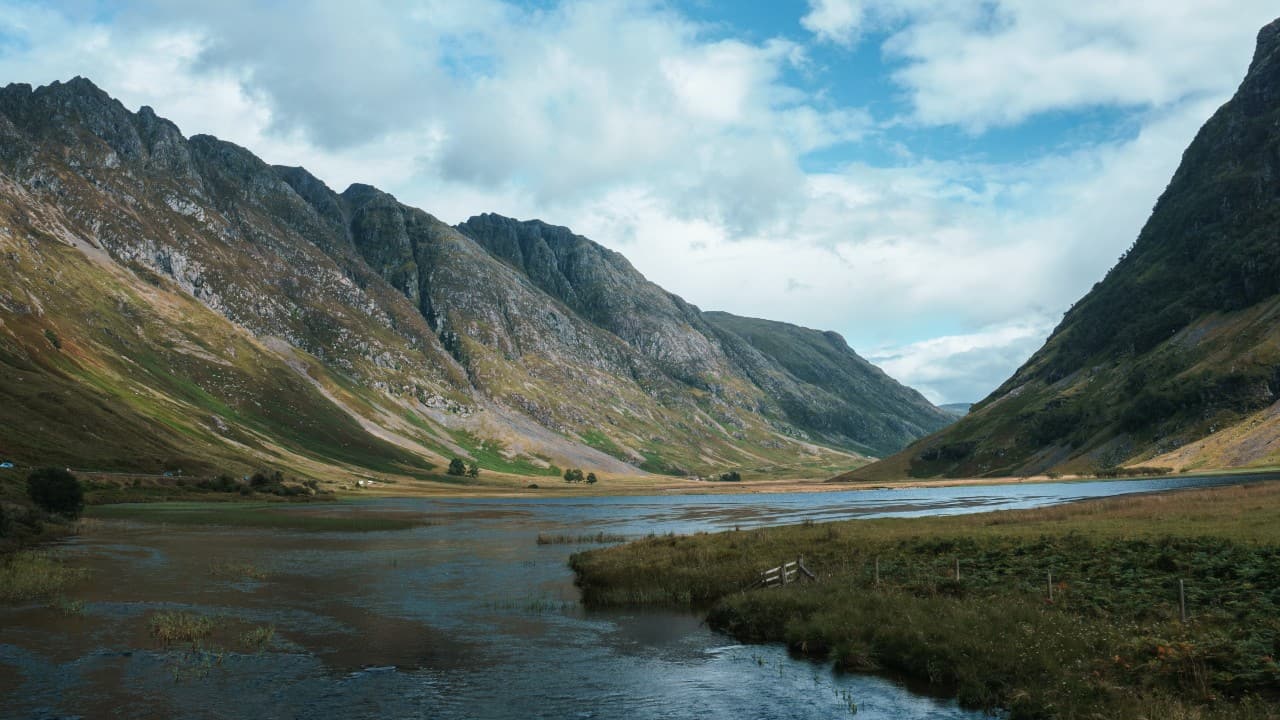
Wild camping in Glen Coe is quintessentially Scotland. Dark brooding mountains with wide open rough spaces. There have been various complaints online about wild campers setting up near the road and leaving litter behind. One of the ideas behind wild camping is that it has a low impact on the environment. Please bear that in mind.
- Signal Rock
- The Lost Valley
- Lairig Eilde
- Coire Gabhail: Also known as the “Hidden Valley
- Loch Achtriochtan
Yellowcraigs Beach Near Edinburgh
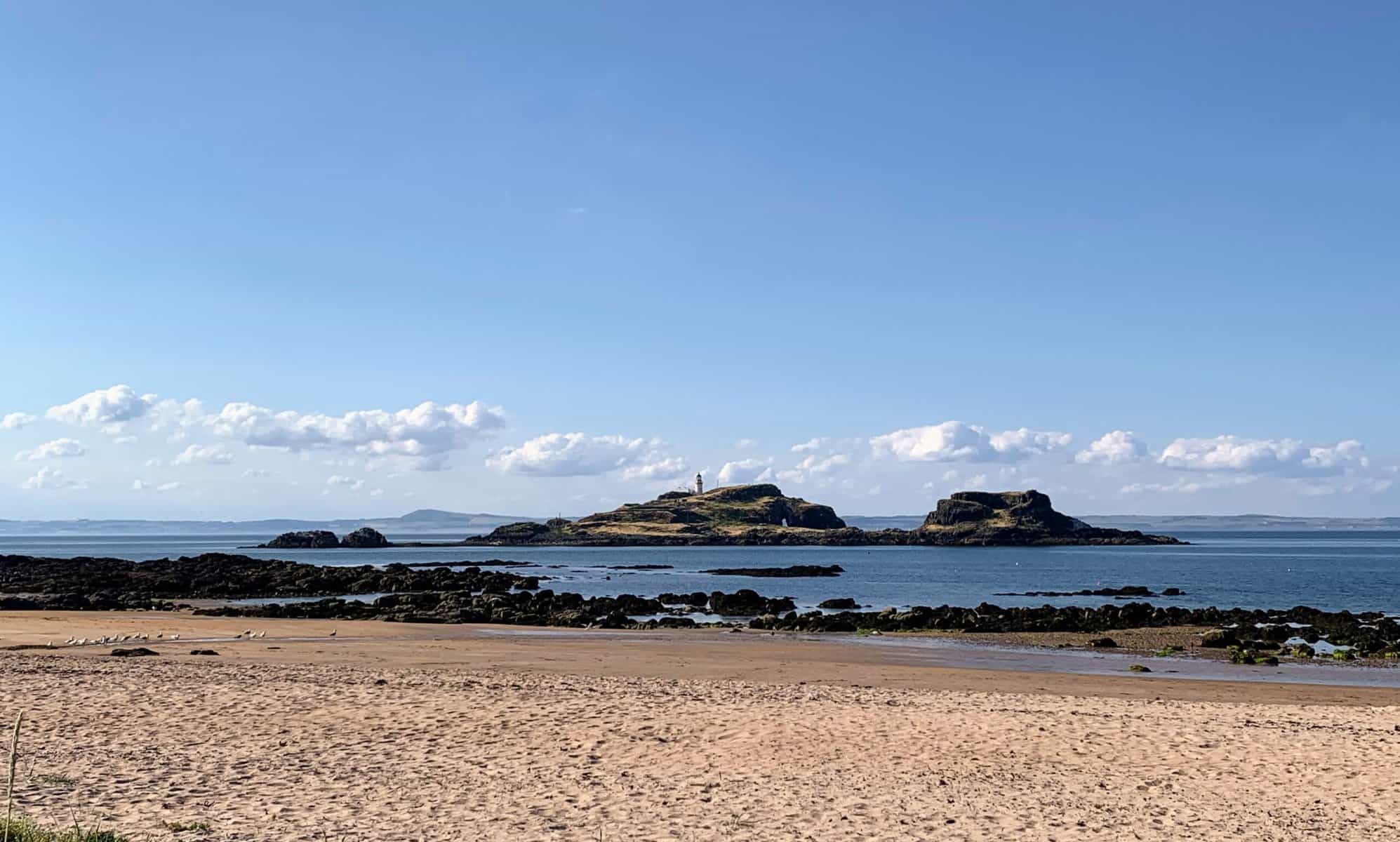
About one hour southeast of Edinburgh or 20 miles, yes, it can take an hour in Friday rush hour traffic. This is (was) a little known gem where you can park your campervan overnight near the beach or pitch a tent on the beach.
It can get busy on the weekends. But the beach is huge and has enough space to ensure you are far away from the nearest tent. We swam in the sea here in 2022. It is cold. There are nearby toilets and cold water to shower in the car park. This post has the best information on wild camping at Yellowcraigs, so I will not rehash it all here.
Make sure to check out our post on wild camping near Ben Nevis as well.
Wild Camping in the Cairngorms
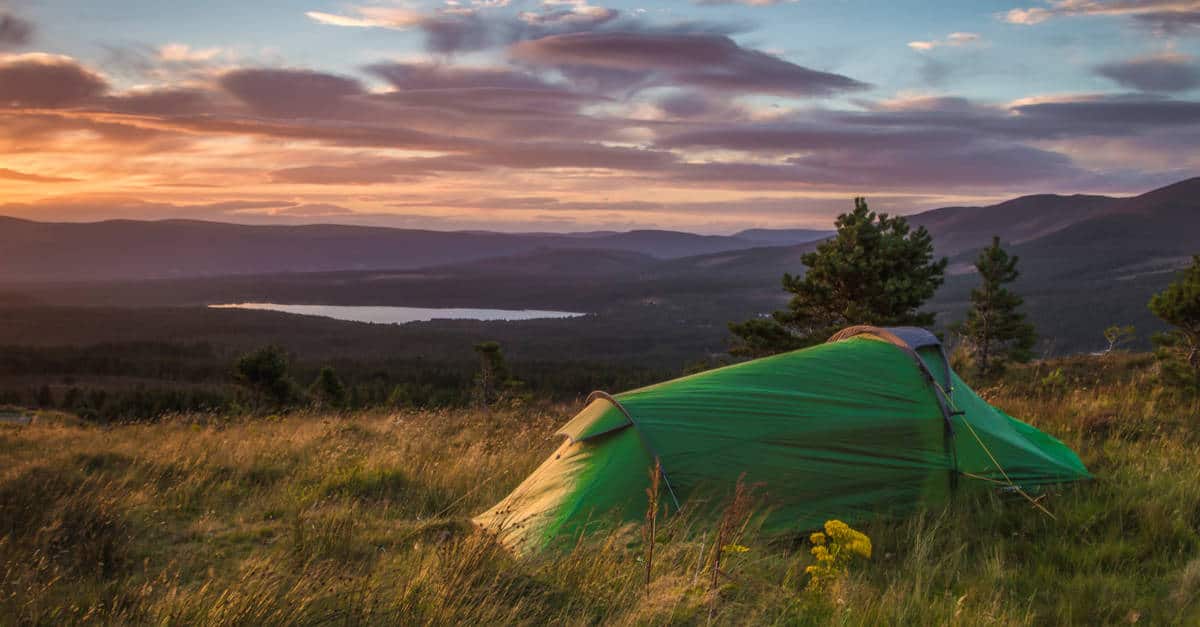
Here are some of the reasons why you might want to consider wild camping in the Cairngorms:
- The natural beauty: The Cairngorms National Park is one of the most beautiful areas in Scotland, with a diverse landscape that includes rugged mountains, sparkling lochs, and ancient forests. Wild camping allows you to immerse yourself in this stunning environment and appreciate the natural world up close.
- The freedom: Wild camping in the Cairngorms allows you to experience a degree of freedom and flexibility that’s not possible in more formal campsites. You can choose your own campsite, set up camp wherever you like, and stay for as long as you want, but is recommended that you stay in one place for only 3 days.
- The wildlife: The Cairngorms National Park is home to a diverse range of wildlife, including red deer, ptarmigan, and golden eagles. Wild camping allows you to experience the natural habitat of these animals and observe them in their natural environment.
- The outdoor activities: The Cairngorms offer a range of outdoor activities, including hiking, climbing, mountain biking, and skiing. Wild camping allows you to fully immerse yourself in these activities and explore the area at your own pace.
- The sense of adventure: Wild camping in the Cairngorms offers a sense of adventure and excitement that’s hard to find in other types of accommodation. It’s a chance to get off the beaten track, explore new places, and create memories that will last a lifetime.
Beginner’s Tips For Wild Camping in Scotland
So, you’ve decided to take a trip to Scotland and pay a visit to some of the country’s most scenic hiking trails and national parks, where you intend to search for beauty, freedom, wildlife, and crispy, clean air while doing some wild camping along the way.
If that’s the case, make sure to take a look at the following tips – these should you make your time in Scotland’s wilderness a bit easier to handle:
- Before you go into the wild, make sure to check the news and see how the weather is going to be like. Scottish weather is very unpredictable. If you are hiking you should not set out on your journey if there are thunderstorms and heavy downpours predicted.
- Scotland is quite infamous for midges – it’s like these flying insects live only to search for campers so that they can bite them and ruin their camping holidays. Inform yourself about well-known midge hot spots, and make sure to bring a head net and a midge repellent.
- Whether you’re planning to camp on the beaches of the North Sea or somewhere high up in the Cairngorms, you absolutely have to practice setting up your tent before you go there. The last thing you want is to be the person everybody watches in amusement while you’re trying to figure out which poles go where or while you’re fighting with a flapping canvas.
- Avoid pitching your tent too close to water. Remember that rain, which is almost always there no matter the season, can easily turn a minuscule stream into a raging torrent.
- While it’s true that the tent’s job is to protect you from the cold of the night, you should still aim to pitch in an area that’s sheltered from the winds, if possible. Also, consider where you’ll go when nature calls while searching for that perfect camping spot.
- The importance of removing litter from the camping site cannot be overstated. Scottish people are doing everything in their power to preserve their country’s scenery and wildlife – don’t make the job that’s already hard even harder by leaving your junk behind you.
- If you need more information, this post explains everything about wild camping.
FAQs
Can I Wild camp anywhere in Scotland?
No, you cannot wild camp anywhere in Scotland. Wild camping is allowed on unenclosed land. Therefore, farmers can ask you to move from fields. Ther are areas where a permit is required. Overall you will find somewhere to wild camp in the countryside.
Can you wild camp on a beach in Scotland?
Yes, you can wild camp on the beach in Scotland. Some of Scotland’s best spots for wild camping are beside the sea. Remember to pitch your tent well above high tide.

I love hiking, backpacking, and camping. From the Camino de Santiago to the West Highland Way in Scotland or simply a great day hike on the weekend. Hiking refreshes me, my mind, and keeps my body reasonably fit. So far I have walked three Camino routes and many other long distance hikes in the UK, Canada, and around the rest of Europe. One of the best was my hike up Ben Nevis.

